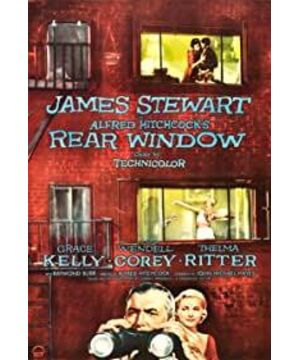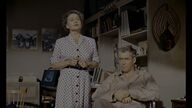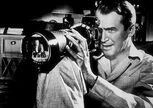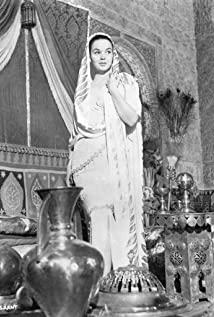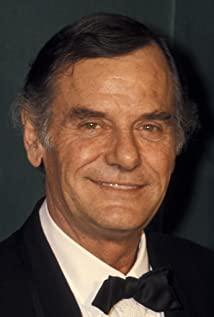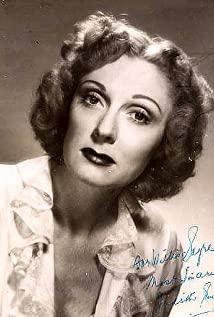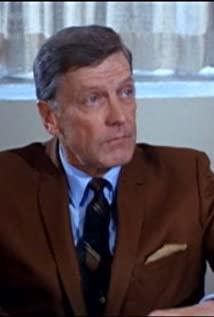If there is another reversal at the end, and some absurd meanings are added, maybe "Rear Window" will be more exciting? But maybe there wasn't that much postmodernity back then.
Before the end of the film, in the dark and cramped room, the protagonist's flashing lights made people laugh bitterly, secretly speculating that Hitchcock must have some metaphors in it.
Lens feel.
That's what the whole film conveys. Even the little thoughts of the male and female protagonists in love are the scenes that their respective efforts show.
Gao Xiaosong explained his artistic concept in this way in the program he hosted. He said that he pursues the sense of form, which is the basis for the establishment of art. To tell stories, there are stories outside the window. Storytelling is not a must for a movie, but giving enough information is a necessary and sufficient condition for a movie.
"Rear Window" gave enough information from the beginning and only used one long shot. Legs in casts, cameras with binoculars, and Hitchcock's own words: From the other side of the yard, you see every kind of human behavior, a small sample of all the behaviors in the world.
Therefore, the logic of the narrative after the movie is laid out from the beginning, until the detective novel that the heroine pretends to read at the end echoes the hero's adventurous nature. Most importantly, we outside the movie, the protagonists and small samples inside and outside the window, together make up the script of this "peeping".
The first is that we are peeping at the protagonist. What the male protagonist likes is the feeling of "May you go through thousands of sails and return as a teenager". He loves adventure and hates the stable and vulgar life. On the contrary, the heroine is a noble lady who likes to socialize and love beauty. clothes and a quiet life. So the tension at the beginning of the film is here. In addition, the point of interest throughout is the appearance of all beings in the window, until the most intriguing murder appears, and the audience is firmly grasped by this suspense thread.
Everyone has the desire to peep. The most interesting part is between the camera cuts, the peeping people are from the male protagonist, to his female companion, and finally the female nurse. The three embarked on a series of adventure stories in this regard, until the end of the film. Also because of this adventure, the heroine's image changed greatly in the hero's heart, and she became an ideal girlfriend. But back to the scene at the beginning of the article, the heroine uses a detective magazine to please her male partner, and when the hero is asleep, she secretly changes into a fashion magazine.
This woman is actually well versed in the knowledge of person construction, which is "impression management". In Goffman's drama theory, the interacting party always wants to control the behavior of the other party, so that the other party can make the behavioral response according to his own plan through his understanding of himself. This is also true of Zhai Tianlin's character design in the New Year's drama. In the film, all the careful thoughts of the girls are much more useful than the words of the male protagonist. I have no doubts that the ideal and ambition of the male protagonist will be slowly worn down after marriage, and will gradually be given by the female protagonist. Controlled.
But that's another story. Hitchcock was a great director. In Rear Window, his gift to us is to re-examine what it means to peep in everyday life, how people build their images, how people define shots. There were no smartphones back then, but Hitchcock had already finished talking about the present when there are smartphones, which is great.
View more about Rear Window reviews


